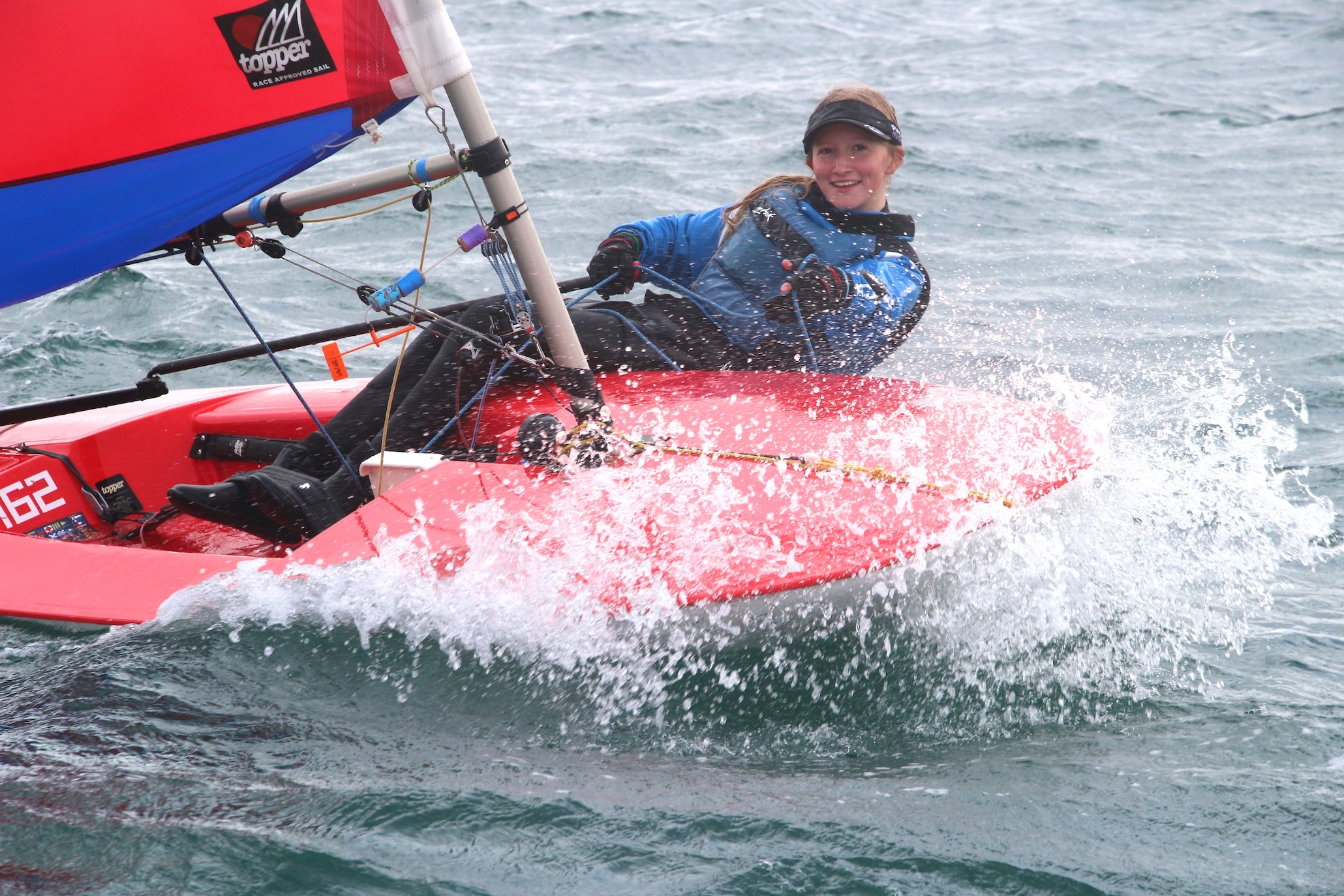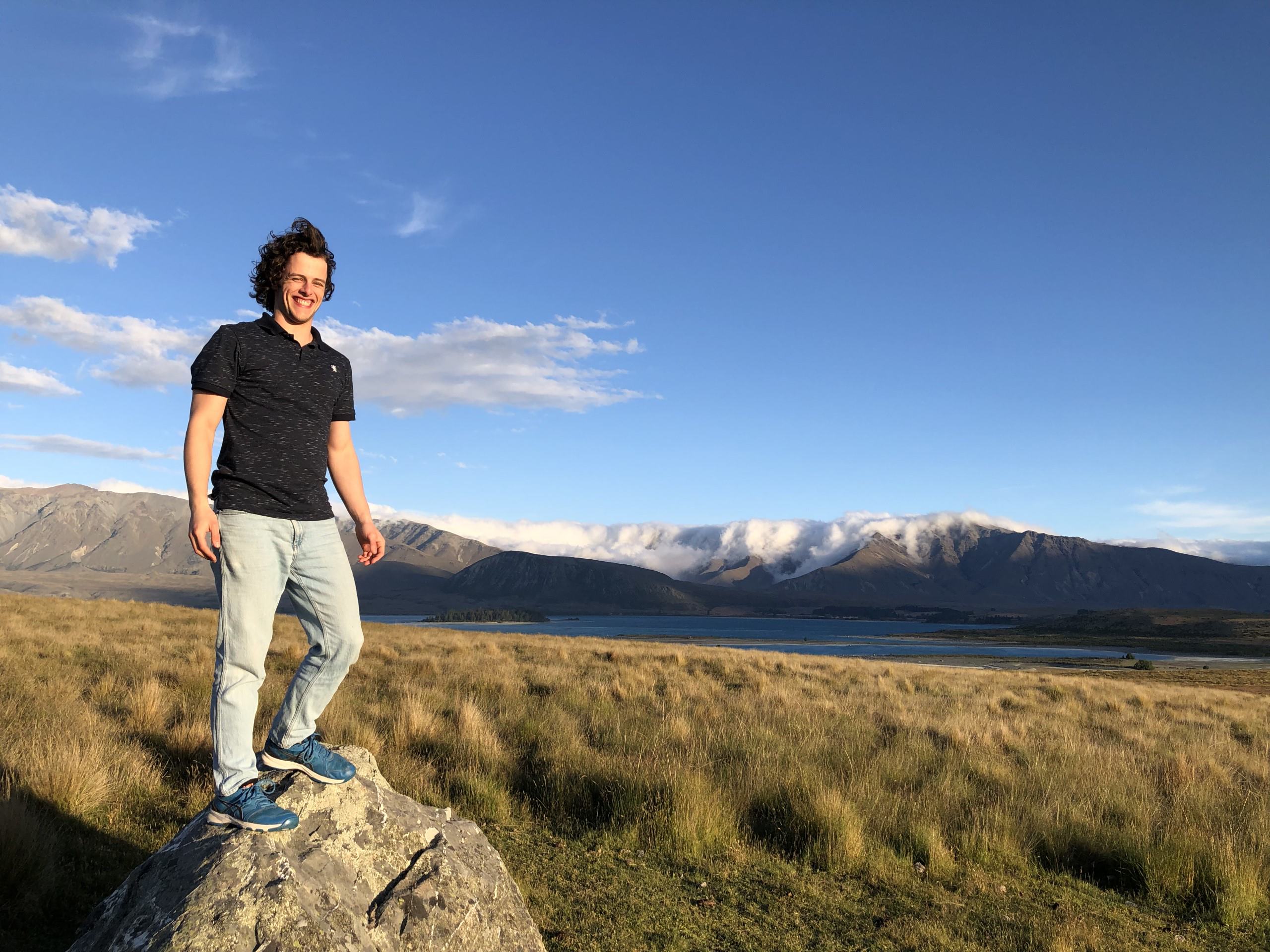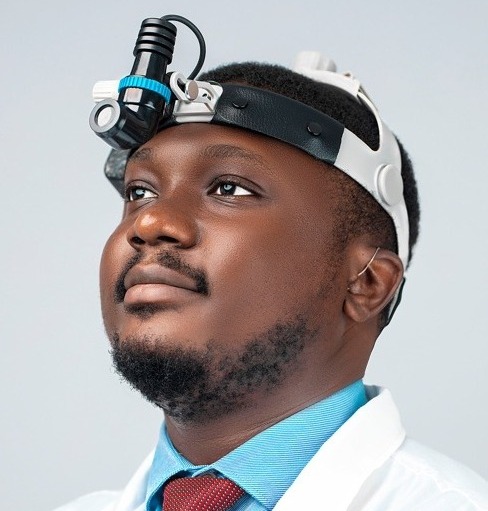
Being a deaf traveler isn’t always easy. These tips will help.
June 16, 2021
Notable deaf musicians around the world
June 21, 2021Meet deaf archaeologist Amelia Dall

Amelia Dall is a 30-year-old deaf archaeologist who is changing the profession by making it more accessible to sign language users.
We talked to her about her journey to becoming an archaeologist, accommodations in the career path and inspiring younger generations of deaf archeologists.
Becoming an Archaeologist
Deaf archaeologist Amelia Dall received her Bachelor of Arts in Art History at Gallaudet University in Washington, D.C. At first, she struggled to find employment and was only able to obtain unpaid internships. Wanting to specialize in archaeology, she knew she needed to gain some experience in the field in order to secure a place in a graduate program. After extensively researching for programs available in her area, Dall says she discovered the Maya Research program. The nonprofit organization sponsors archaeological research. Each summer, it sponsors archaeological fieldwork trips to the ancient Maya site of Blue Creek in Belize. After filling out her application, Amelia discussed a financial plan with an academic advisor. Gallaudet provided her with funding, allowing her to go to Belize for the summer.
After attending a year with AmeriCorps VISTA in Washington State and volunteering at a local museum, Dall finally accumulated enough experience in collection management to apply for a graduate school program. In 2017, she received her Master of Arts in archaeology from Texas State University.
Amelia the Deaf Archaeologist
Although Dall faced accessibility challenges, she knew that similar difficulties would lie on the path of whichever direction she chose. As a result, she decided she might as well go with what would be most fulfilling. She has found success within her field. However, due to the lack of existing ASL signs that still remain heavily absent in archaeology, she created her own website. Her services include translating an exhibit into ASL, and providing Archaeology in ASL kits for conferences and workshops.
Over the past seven years, Dall has worked in the American Southwest, the Great Plains, and the Rocky Mountains. Today, she’s happily working as a field technician for PaleoWest in Colorado.
As a deaf person who has struggled with work and accommodations, I was greatly inspired when I first discovered Dall on her YouTube channel. Her videos are in ASL and captioned. Her informative, visual videos contained such genuine excitement and enthusiasm for archaeology that I ended up completely immersed in a world of blood eagle rituals, haunted medieval prisons, and the ill-fated convicts that once inhabited them.
Interview with Deaf Archaeologist Amelia Dall
HLM: What made you want to study archaeology?
Amelia: This is always the hardest question for me to answer because I feel like there are many reasons. Every single time I’m asked, my answers vary! When I first started understanding archaeology and what the field was — probably when I was little — I was engrossed with the fact that humankind had a past and that there were still abundant information undocumented. I loved learning about archaeological resources and news from Archaeology Magazine growing up. I visited various museums with my mom. We’d also go to historic battlefields. I grew up 10 minutes away from Harpers Ferry (WVA) in Maryland. I’ve always felt like there was history and archaeology all around me my entire life. It was a calling.
HLM: How has your deaf identity shaped your ambitions/career path?
Amelia: In every aspect of my career and professional decisions, I disclose my deafness in cover letters/resumes, in the initial email when they offer an interview, etc. I choose to be open with my identity and my accommodation needs because I think my confidence and honesty show traits an employer would want. [It also allows potential employers] to trust our qualifications. This gives me an opportunity to weed out potential employers who might be ableist!
HLM: What has been the biggest challenge and how did you overcome it?
Amelia: Being able to come to terms with my deafness in this profession. It was quite a challenge within myself to constantly go into a “daily battle” of whether I should proceed with an interview knowing they might not have the financial means to support an ASL interpreter in all meetings/presentations, whether they would accept my accommodation needs, whether I should even continue being in this field as there has been a lack of accessibility on multiple occasions, and so on. However, I figured with any other profession there would be similar battles. I didn’t want to move forward anywhere else without actually giving archaeology a try. After all, I have loved archaeology nearly my entire life. Persistence and the desire to be a great archaeologist was the key.
HLM: What is your proudest achievement?
Amelia: Hard to pick just one! However, I’d say the day I graduated from Texas State University. I had never thought I’d have a degree in archaeology, or even have the chance to be an archaeologist!
Read more: Interview with deaf scientist Anna Krauss
HLM: Texas State isn’t a deaf-centered university. How did you find life as a student there?
Amelia: Attending the graduate program at Texas State was one of the best decisions I’ve made. [Accommodations were] available upon request. I participated in my courses without issues. This is not to say I did not encounter problems, though. There was no overlooking my deafness. My main form of communication is American Sign Language and I wear hearing aids — with my hair up — nearly on a daily basis. Oftentimes I felt like I had no choice but to disclose my disability. Overall, the graduate program at Texas State University molded my success in the archaeology field. I still am in touch with a lot of people!
“I had to think of signs myself for the interpreters and my colleagues, just so I could keep my learning pace.”
HLM: Can you share any advice for members of the deaf community starting out in this field/wanting to study archaeology?
Amelia: Find a concentration you’re skilled in. Geographic Information Systems (GIS), Collection Management, Artifact Photography, Artifact Illustration, etc. Obtain certifications or extensively dedicate your time to learn. Market yourself with those extra skills in your tool set! I’ve been told more than once one of the reasons why I get hired is because of the specialized skills I have in GIS and Collection Management. Also, discuss your ambitions and enthusiasm for this field with just anyone you meet! I talk about my love for archaeology and my skills nearly all the time! This in turn creates a system of brand networking for yourself. People will refer you to others, or others to you.
HLM: Any tips for employers hiring members of the deaf community in this field and the support they can offer?
Amelia: [Don’t] hesitate when you come upon a resume of a deaf employee! We would not apply for such a position if we did not think we were qualified! Therefore, when offering an interview in the initial email, note [that] you will provide an ASL interpreter or their preferred choice of communication. This would allow the deaf employee to acknowledge your commitment to accessibility needs and accommodation requests, which would make everyone comfortable with each other all around!
HLM: What about your profession do you enjoy the most?
Amelia: Whenever I get to see an artifact [that’s] years old! It is bewildering every single time I hold a projectile point, a metate (groundstone), or a flake, etc. It is a piece of human prehistory in a time we would never see but will always learn about. I think that is incredible. Archaeology is amazing.
Influencing the Younger Generation
While exchanging emails, we also discussed how vital it is for the younger deaf generation to see people like themselves succeeding in a society that has been designed to be primarily accessible to the hearing world.
It is daunting and mentally draining having to constantly search for inclusivity and demand it for yourself when it should already be in place. We have a long way to go, but thanks to people like Amelia, we are slowly progressing.




